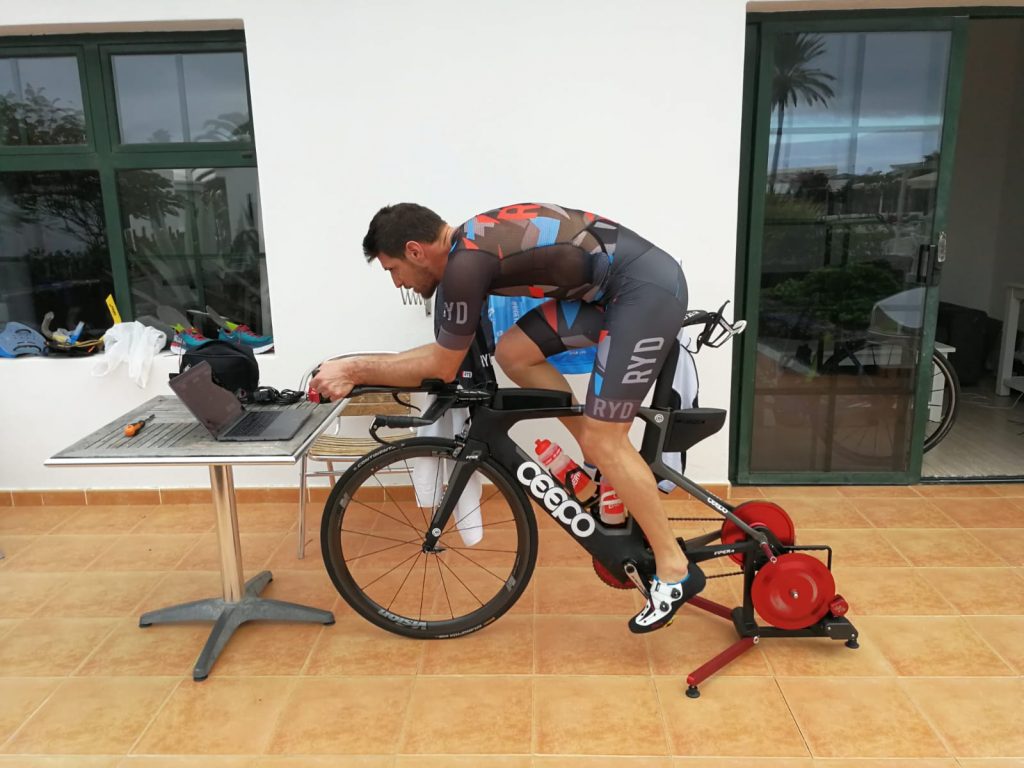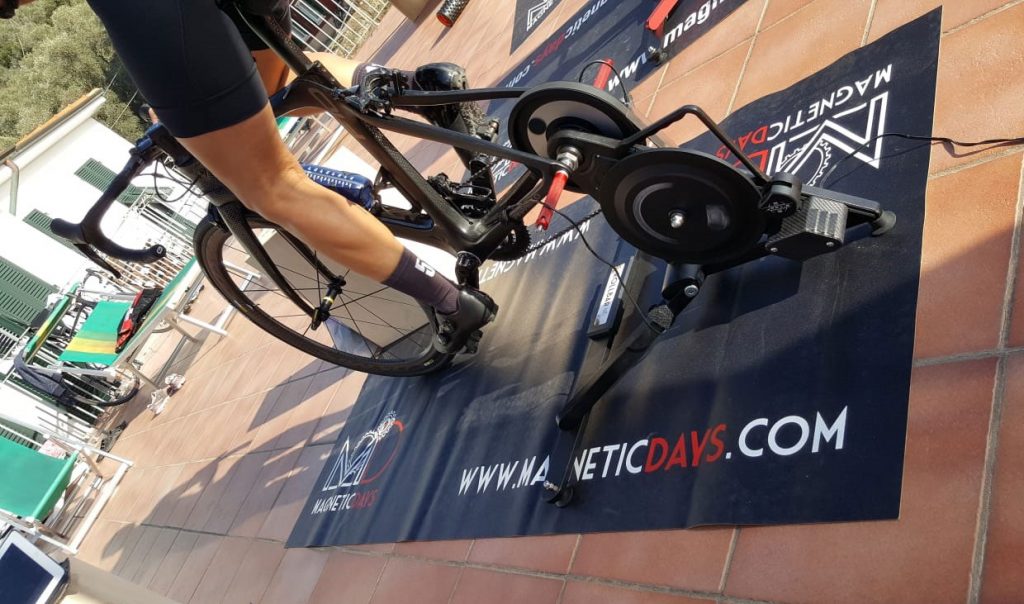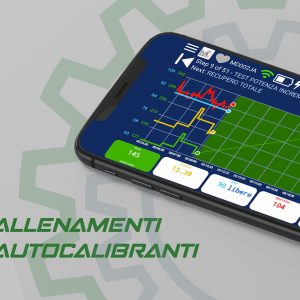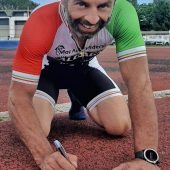Indoor triathlon training with JARVIS smart trainer in the first 3 months of an Ironman season
3 February 2021Indoor triathlon training, especially Ironman distance training, is increasingly present in the life of athletes, amateurs and professionals. If before “smart training” was considered an option for a few, today it is becoming an integral part of a training strategy aimed at optimizing the performance for many. A multipurpose tool like MagneticDays JARVIS smart trainer allows the coach (and the athlete) to introduce specific quality indoor cycling sessions within a weekly schedule.
The use of MD JARVIS smart trainer in weekly indoor training: when and why.
For an athlete, the first three months of each new triathlon season are the most important ones because they test the results of all the hard work carried out during the off season. Once you get to the race, finding the right rhythm, the right pace is key. To do this you need to build endurance, which is gradually developed during each training session. In any triathlon race, especially on Ironman distance, the cycling segment represents a crucial part, certainly the longest portion, and this is why it is fundamental to train it at best without loading the body with exhausting workouts that, in the long run, can only worsen the performance.
“The functional evaluation test with JARVIS – says MD Coach Luca Bianchini – has a dual purpose. It serves both as a verification of the work done during winter and as a starting point for preparing a set of workouts aimed at optimizing the physical condition in progress, and therefore, performance. At first, the new threshold and the respective training zones are identified, both in terms of Watt and heart rate. Then, we analyze the characteristics of the cadence and the over-the-threshold capacity to understand how you can intervene to improve performance. All this keeping in mind that during the first three months of the season the athlete, and his/her body, needs to get used to a more constant pace of physical and mental effort.”

The advantages of a MagneticDays personalized training program
A personalized training program must necessarily start from good planning. The underlying concept of the HTT methodology is to follow the polarized method. This training method consists in investing about 75-80% of the training volume in the aerobic zone, while the remaining is at high intensity. Considering that an amateur athlete spends approximately 10 hours of training for the cycling part (cycling and triathlon), about 7-8 are typically performed on the weekend with long rides. The remaining 2 hours of training should be done at high intensity. These two hours of high intensity training can be carried on MagneticDays JARVIS smart trainer to perform HTT workouts and thus optimize the indoor training program.
“The concept behind every workout – continues Coach MD Luca Bianchini – is to increase and improve performance which, in the case of cycling, translates into the supply of more watt at the same heart rate. Using the heart rate (internal load) as an absolute reference can sometimes be misleading. In case of fatigue, the heart struggles to rise and to modulate based on the watt delivered, while the watt (external load) are always the same and do not take into account the physical state of the athlete. With MD JARVIS smart trainer, the heart can be seen as an internal state control system which follows an external load that the coach is able to verify together with the athlete’s feedback. Increasing the threshold watts is not enough for excellent performance. Theoretically the threshold is the power that we can maintain for about 60 minutes, but not everybody can do this, sometimes because those watts have not been consolidated.”
In this time of the year (from March to June), when the Ironman triathlon season has not yet started, we are in the optimal period to consolidate the performance improved during the winter. The first races will serve as a test to see if the programming has had its effects. Each athlete’s goals are different. There are those who want to compete a race for the pleasure of doing it, and those who want to achieve important goals (from the podium to the Italian sprint triathlon Championship to the final of the Ironman in Hawaii). What unites all these athletes and the variety of their goals is to perform at their top during the competition. The best training for a race is the race itself, but you obviously cannot compete every week and expect a perfect performance every competition. Furthermore, to train for triathlon, where the effort is 100%, you need to follow an even more focused program.

If we are only talking about one of the three disciplines in triathlon (cycling) programming is quite simple, but being able to perfectly modulate all three disciplines is complex. There are some factors that must be taken into account:
- number of days until the target race
- time available for training
- load capacity of the athlete
- alternation between days of high intensity and low intensity
- training insertion of combined workouts (generally cycling-running)
- interpretation of the performance model
- enhancement of the deficient discipline
These are just a few points a coach needs to keep in mind to optimize the annual schedule. In the second part of this article we will analyze how to optimize the performance in triathlon.









